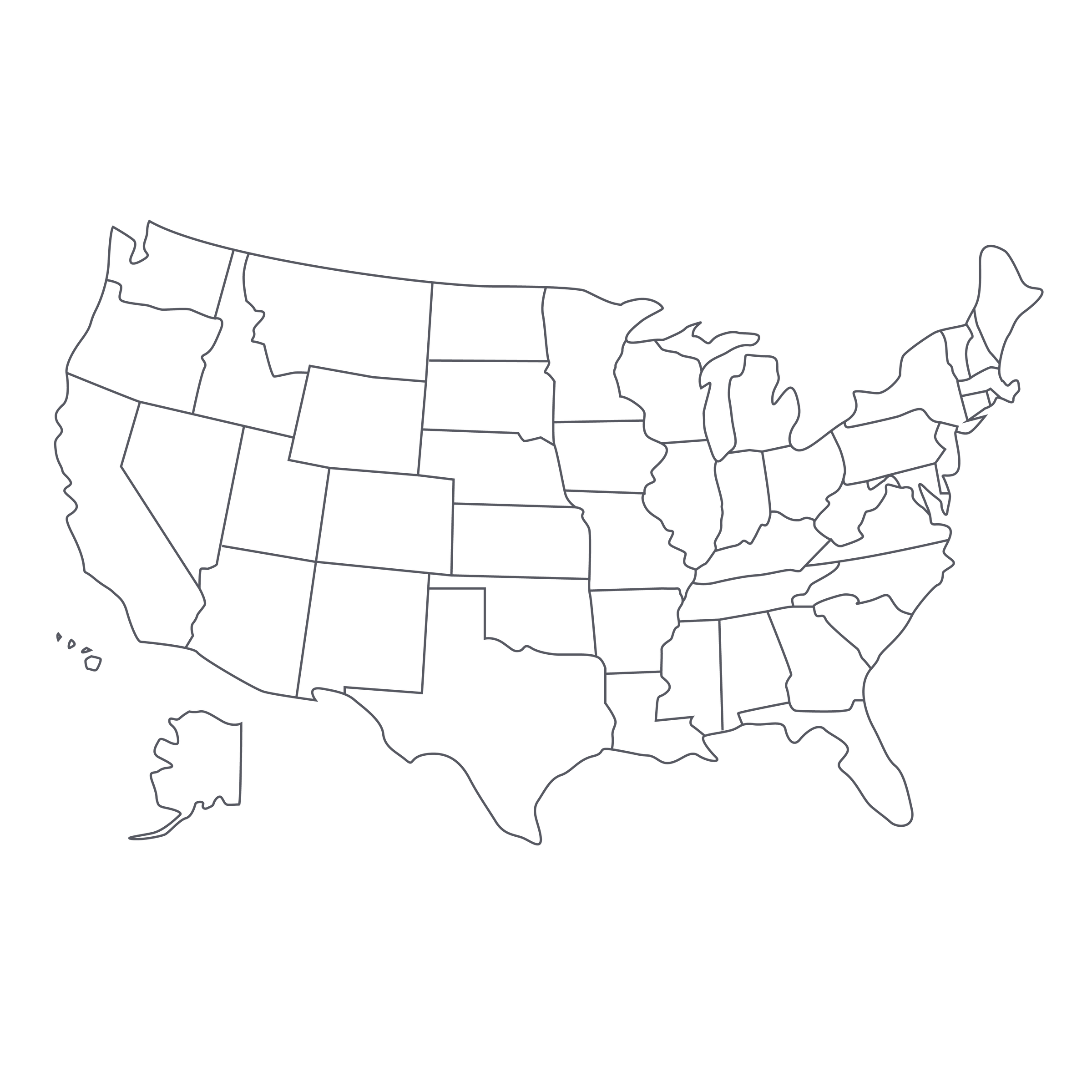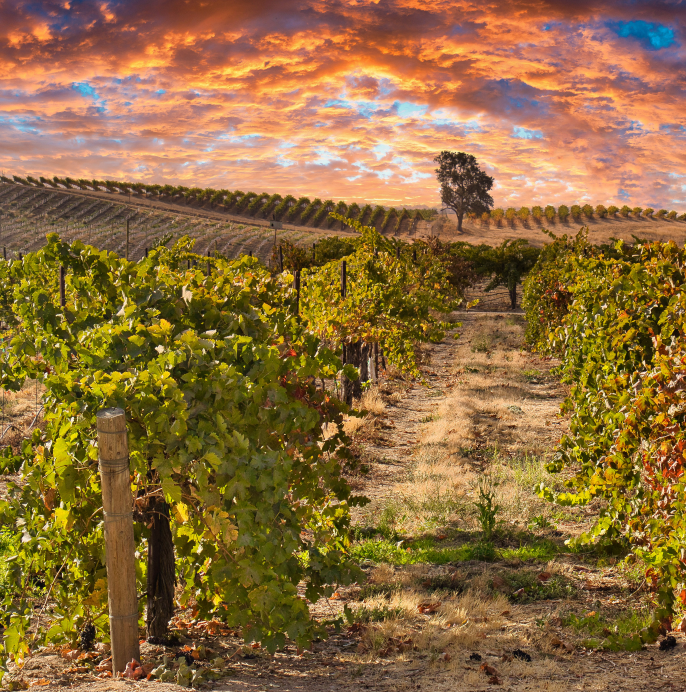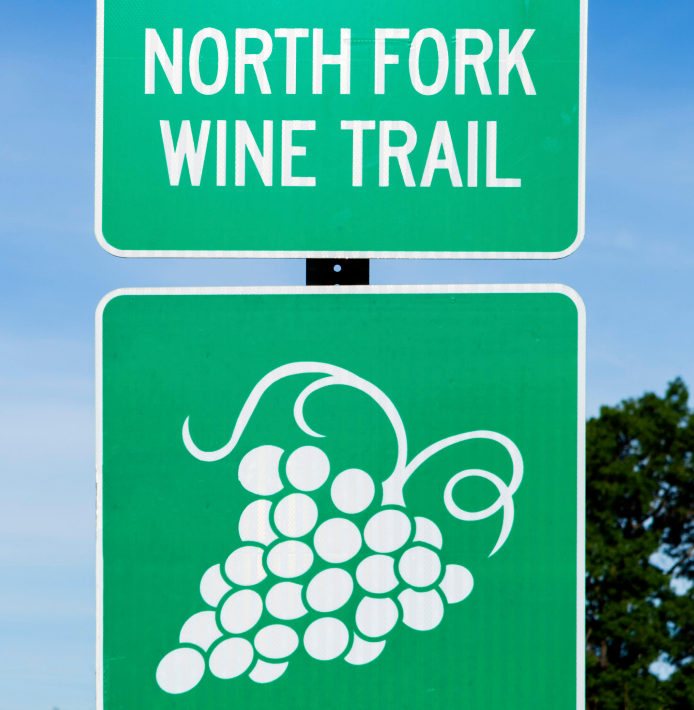I was lucky enough, many years ago, to have been the Wine Director of the Ritz-Carlton in Half Moon Bay, California—which put me a stone’s throw from the Santa Cruz Mountains and some of the greatest Pinot Noir vineyards in California. Not only was I able to engage with established legends like Mount Eden and Thomas Fogarty, I met newcomers like Richard Pascale and Ann Carol Brown, whose Pescadero Creek Vineyard I’ve followed with great interest in the years since.
Richard and Ann originally moved to the Bay Area in the 1970s so he could teach business at Stanford, and they went all-in, purchasing a 110-acre ranch on a southwestern slope of the Santa Cruz Mountains with the eventual goal of making great wine. Over the course of more than a decade, and with the help of some major local wine minds, they planted a small vineyard on the property and set out to compete head-on with the best of the best French Burgundies. I’ve probably tasted every release of Pescadero Creek’s “Pascale” Pinot Noir, and I’d say without hesitation that this 2013 is a goal realized after many years of adjusting the oak and ripeness levels: I poured it blind for a table of experienced tasters and the consensus was that it was Vosne-Romanée or Chambolle-Musigny! With vineyard management handled by the team at nearby Rhys Vineyards and winemaking overseen by Thomas Fogarty winemaker Nathan Kandler, Pescadero Creek has no shortage of talent at its disposal, and it shows in the finesse and readily evident ‘breed’ of this tiny-production wine (just 150 cases were made!). When Richard and Ann offered us a parcel of the 2013 for our subscribers, we jumped at the chance to offer it—this is a passion project of the highest order and a wine you’re not likely to find anywhere else. It pays homage not just to top-tier Burgundy but to the enduring classics of the Santa Cruz Mountains.
This is every inch a ‘boutique’ wine from a hyper-specific place: The Pescadero Creek Vineyard spans just 2.5 acres, at an elevation of about 700 feet, near the coastal town of Pescadero. Once a seabed, and just five miles from the Pacific, the vineyard is rooted in “mudstone,” which is described as containing roughly a third each sand, silt, and clay. Assorted fossils and diatoms are found in the site, which has a southwestern exposure and a wide diurnal temperature variation—critical in ripening Pinot Noir slowly and evenly. It is a true “jewel box” of a vineyard site, with all the farming handled by the Rhys Vineyards team, whose own vineyard holdings include some of the most highly regarded (and meticulously cared-for) sites in the Santa Cruz Mountains.
With pristine, optimally ripe fruit in hand, Nathan Kandler employs some ‘whole-cluster’ fermentation in crafting “Pascale”: only about 50% of the clusters are destemmed, and the end result of this practice, as others have experienced, is enhanced aromatic complexity and added tension and grip on the palate. Also noteworthy is how long this bottling was held back before release: The wine aged 18 months in French oak barriques (50% new) and then more than three years (!) in bottle before being put on sale.
The result is a wine with some significant bottle age in perfect cellar conditions, making it incomparable to other ‘new release’ wines at similar price points. As a host of secondary aromas begin to creep in alongside those of fresh, ripe fruits, there’s a level of ‘completeness’ to the wine already—along with a sense that it still has years of evolution ahead of it. In the glass it’s a bright, reflective ruby with a hint of pink and orange at the rim, with an evocatively ‘Burgundian’ nose of red and black cherry, raspberry, huckleberry, damp violets and roses, dried mushroom, sandalwood, and underbrush. I love the finesse, minerality, and energy here, and it would be all too easy to mistake this wine for warm-vintage Premier Cru red Burgundy. While it is delicious to drink now after about 30 minutes open, I would not hesitate to age it another 5-7 years—it is just entering its peak drinking window now. If enjoying a bottle now, simply pull the cork 30-45 minutes before and serve it at about 60-65 degrees in Burgundy stems with your favorite grilled or baked salmon preparation, maybe taking a page out of the Nobu book with the attached miso-glazed version. Enjoy!






